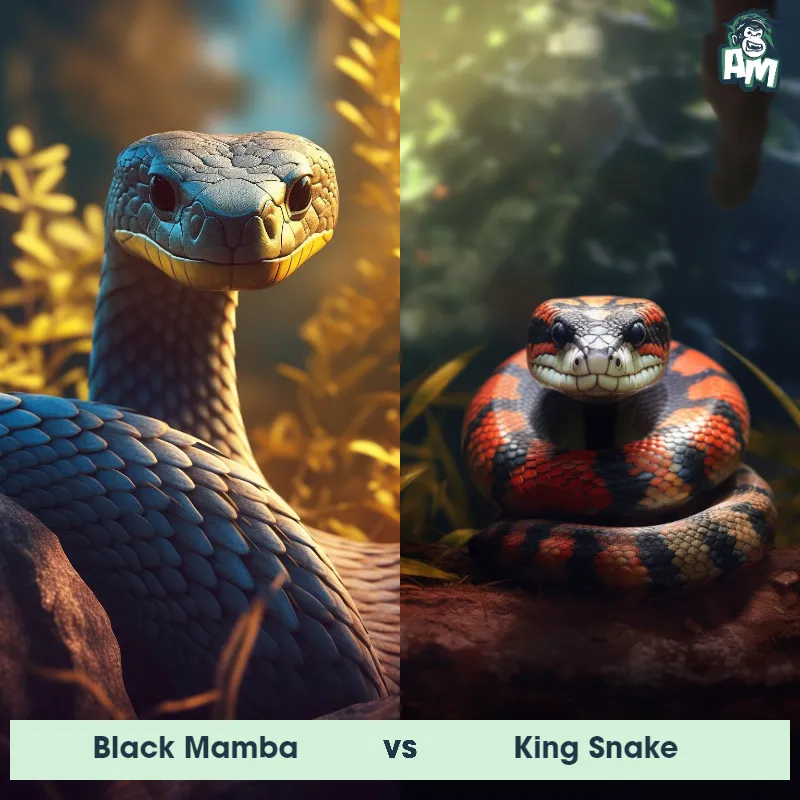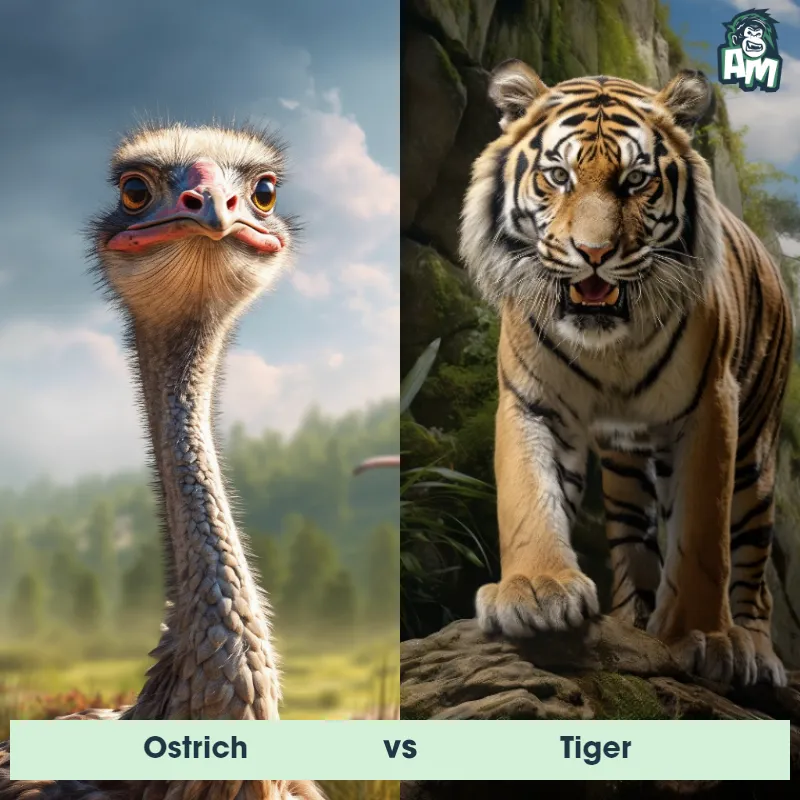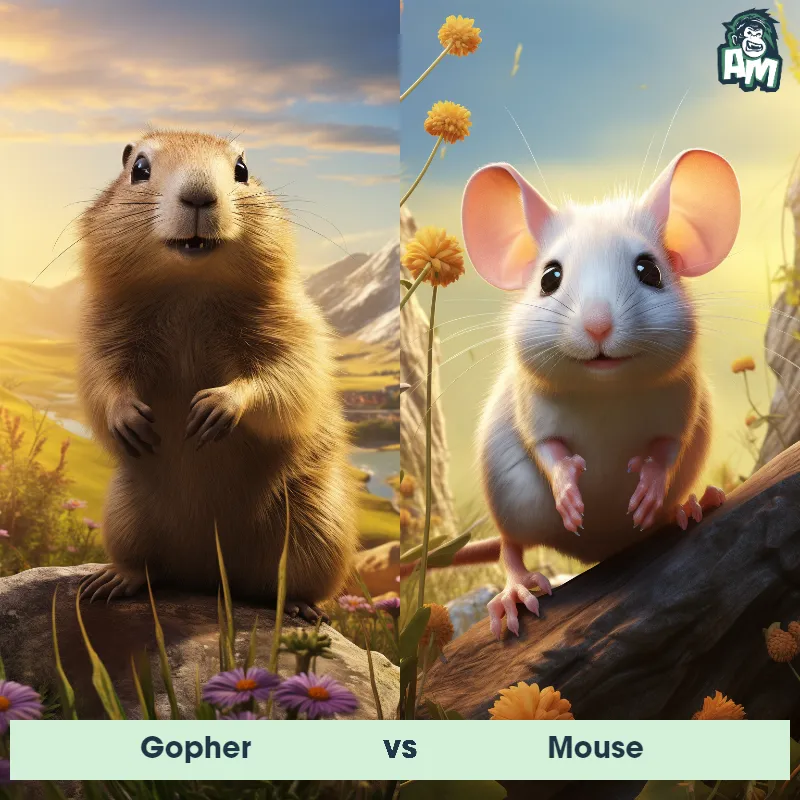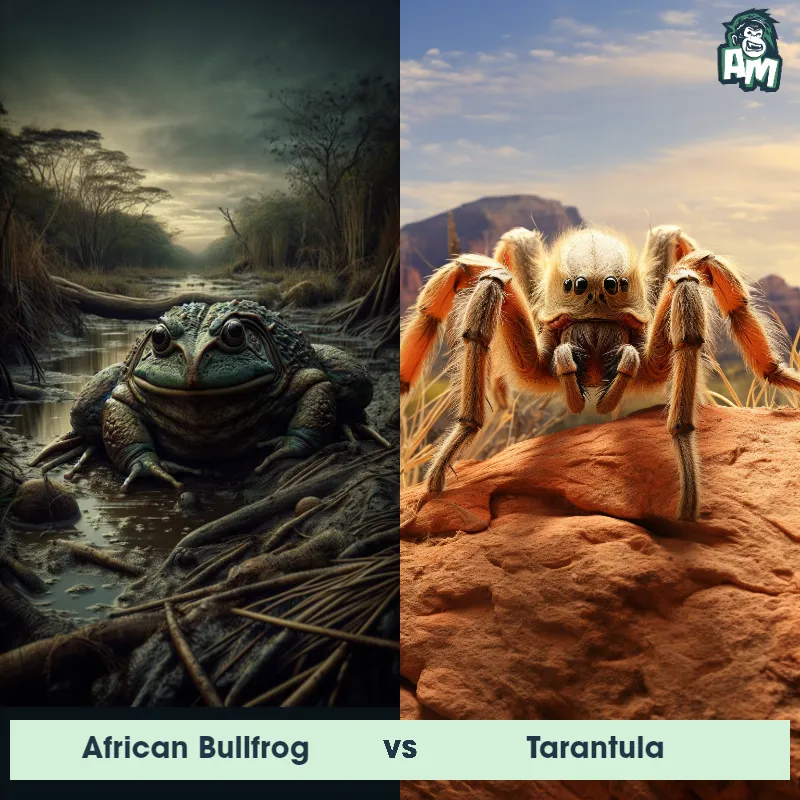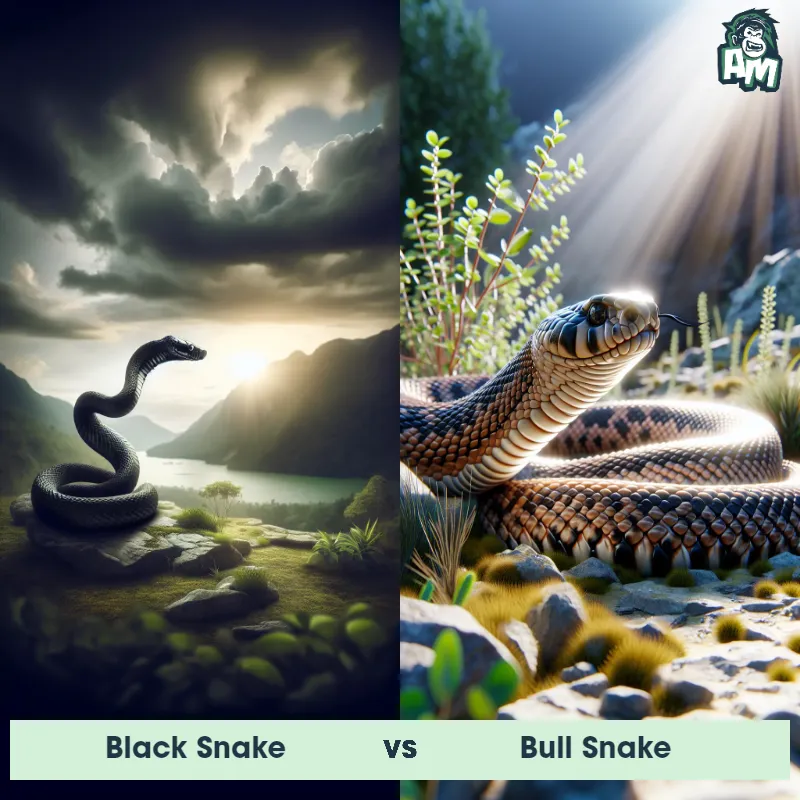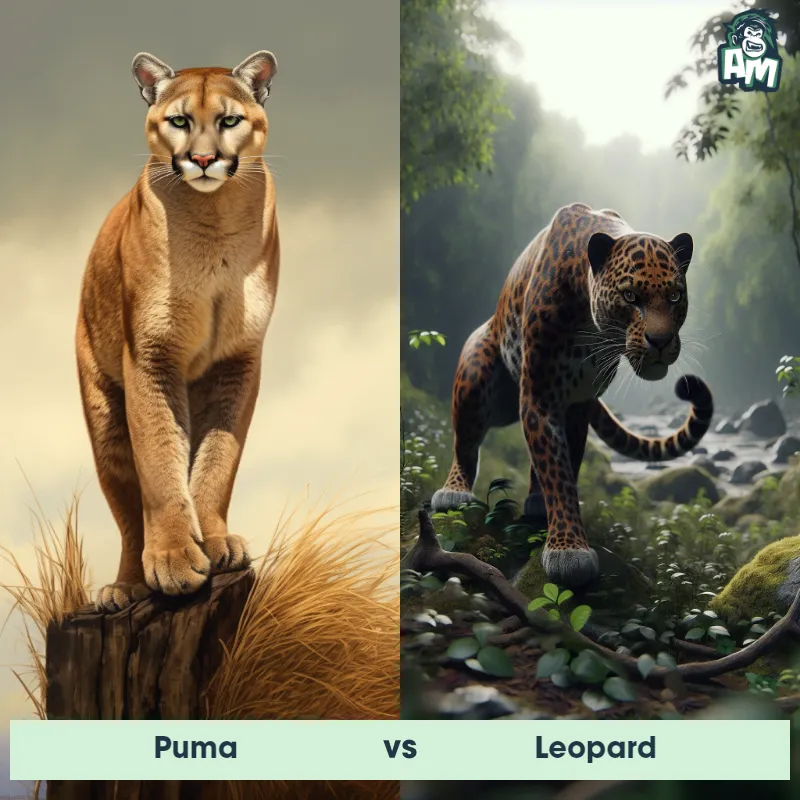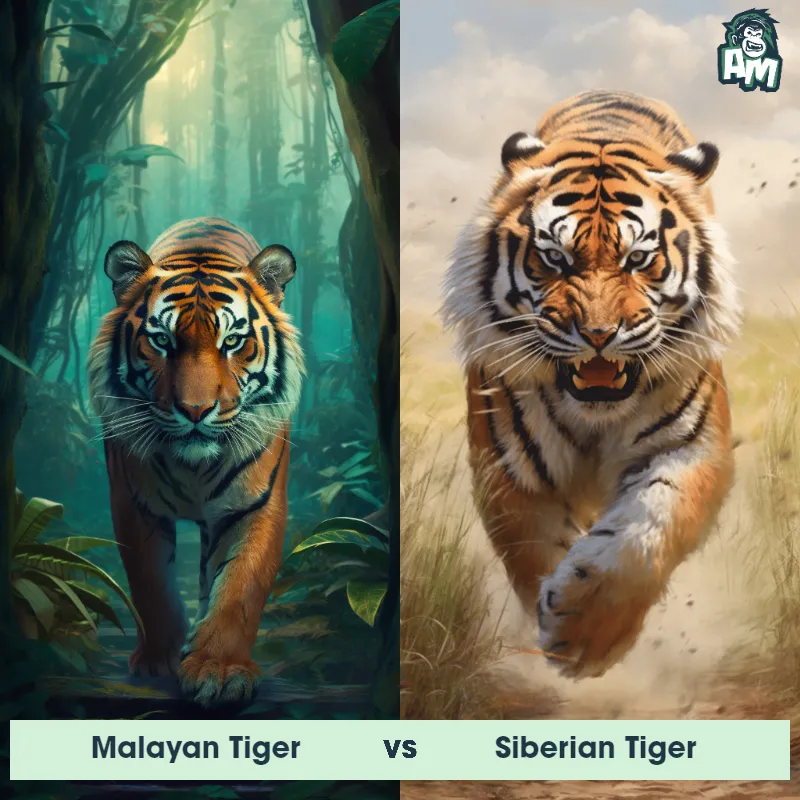Leopard vs CapybaraSee Who Wins

Ladies and gentlemen, welcome to a thrilling matchup here at the animal kingdom! We've got a fierce contest brewing between a Leopard and a Capybara. Both these animals possess unique strengths and survival skills, which should make for an exciting showdown today. The crowd is buzzing with anticipation as the competitors enter the ring, ready to prove their dominance. Let's dive right into the action!
Contender 1: Leopard
The Leopard is a large and powerful carnivorous mammal that is known for its distinctive coat pattern consisting of rosette-like spots. It has a slender body, muscular limbs, and a long tail, enabling it to be agile and swift. Leopards are primarily nocturnal creatures, preferring to hunt during the cover of darkness. They are highly adaptable and can thrive in a variety of habitats, ranging from dense forests to open grasslands. With exceptional climbing skills, they are capable of dragging their prey up trees to keep it safe from other predators.
Fun Fact: Leopards are incredibly strong and possess immense agility, as they are capable of leaping horizontally up to 6 meters and vertically up to 3 meters, allowing them to ambush their prey from above with precision.
Contender 2: Capybara
The Capybara, also known as Hydrochoerus hydrochaeris, is the largest rodent in the world. They are native to South America and are semi-aquatic creatures that spend a significant amount of time in water. Capybaras have a stocky, barrel-shaped body with a short head, small ears, and eyes positioned high on their head. They have webbed toes and can even close their ears and nostrils when fully submerged. Closely resembling a giant guinea pig, they have short, coarse fur that can vary in color from reddish-brown to gray, and their front teeth continue to grow throughout their lifespan.
Fun Fact: A fascinating fact about Capybaras is that they are highly social animals and are known to form close-knit family groups. They live in large herds of up to 100 individuals, comprising several adult males, females, and offspring. These herds have a hierarchical structure, with a dominant male leading the group and defending his territory and harem of females.
Matchup Stats
| Leopard | Capybara | |
|---|---|---|
| Size | 24-28 inches (60-71 cm) at the shoulder; 5-6 feet (1.5-1.8 meters) in length | About 1.2 meters (3.9 feet) in length |
| Weight | 80-160 pounds (36-73 kilograms) | Around 50-65 kilograms (110-143 pounds) |
| Speed | 36-37mph (58-60km/h) | 22 mph (35 km/h) |
| Key Strength | Powerful jaw and sharp claws | Powerful jaws and strong legs for defense |
| Biggest Weakness | Less endurance compared to some other big cats | Less agile on land compared to in water |
Current Votes
Leopard vs Capybara
See Who Wins
View More Matches
Looking For More?
Similar Matches
Scientific Stats
| Leopard | Capybara | |
|---|---|---|
| Scientific Name | Panthera pardus | Hydrochoerus hydrochaeris |
| Family | Felidae | Caviidae |
| Habitat | Variety of habitats including forests, grasslands, and mountains | Semi-aquatic, found in wetlands and grassy areas near water bodies. |
| Geography | Africa, parts of Asia | Native to South America, specifically found in countries such as Brazil, Venezuela, Colombia, and Argentina |
| Diet | Carnivorous, preys on various animals including ungulates, small mammals, birds, and reptiles | Herbivorous, primarily feeding on grasses and aquatic plants. |
| Lifespan | 12 years - 17 years | 10 years - 12 years |
Key Differences between Leopard and Capybara
- Head and Facial Features: Leopards have a small, rounded head with prominent whiskers and a sharp muzzle, in contrast to Capybaras, which exhibit a large, flat head with blunt features and a blunt nose.
- Tail: The Leopard's tail is long and slender, which aids in balance and acts as a communication tool, whereas Capybaras have a relatively short and thick tail that serves for signaling and communication within their social groups.
- Body Shape: Leopards possess a sleek and agile body with a relatively long tail, while Capybaras have a bulky and stout shape, resembling a large rodent.
- Limb Structure: Leopards have well-defined muscular limbs and are built for speed, with long and powerful hind legs and retractable claws, while Capybaras possess relatively short and sturdy limbs, adapted for a semi-aquatic lifestyle.
- Size: The Leopard is significantly smaller than the Capybara, with an average weight of around 65-130 pounds for Leopards, while Capybaras can weigh up to a remarkable 77-146 pounds or more.
- Fur Patterns: Leopards are known for their distinctive rosette-shaped markings on a golden or yellow background, providing excellent camouflage, whereas Capybaras have a plain, coarse, and short fur coat in various shades of brown.





